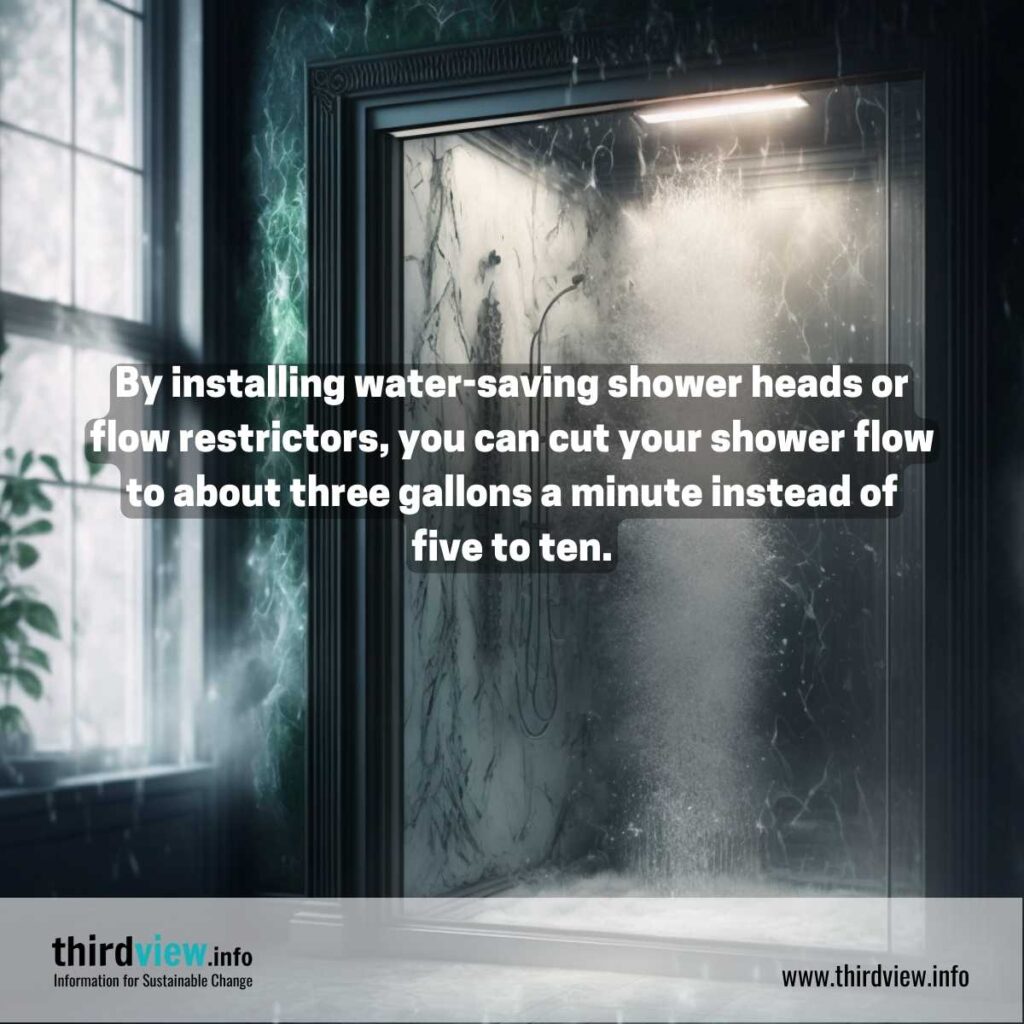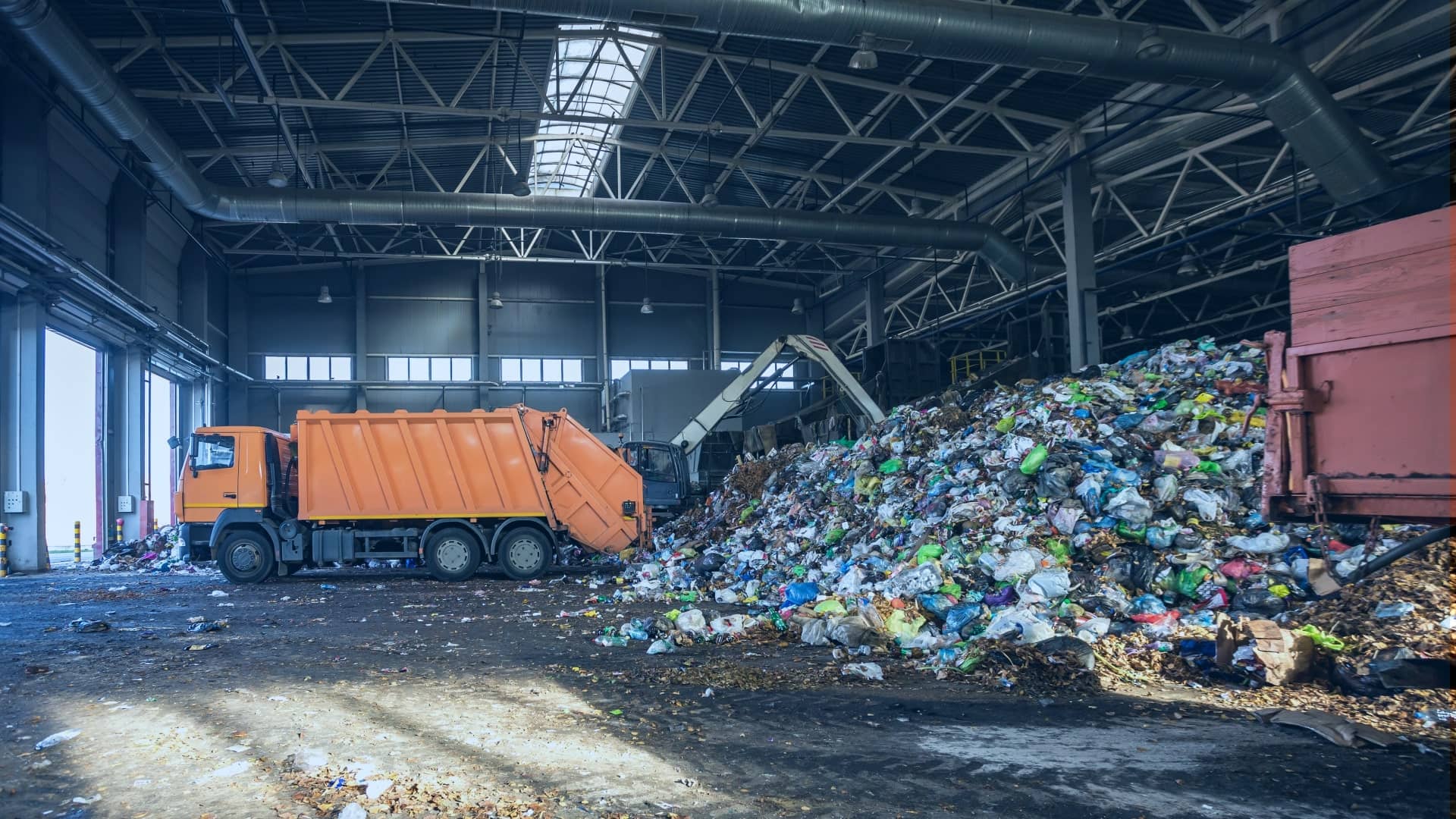Reclaim Waste for Beginners
Reclaim Waste for Beginners
Blog Article
How Reclaim Waste can Save You Time, Stress, and Money.
Table of ContentsNot known Factual Statements About Reclaim Waste The Best Guide To Reclaim Waste9 Simple Techniques For Reclaim Waste8 Easy Facts About Reclaim Waste ExplainedAn Unbiased View of Reclaim Waste
Domestic sewer waste refers to the waste and products from a household septic tank. The proper management and disposal of residential sewer waste need fluid waste to be moved to a sewage therapy plant where the appropriate methods and devices are used to purify and dispose of waste.
Industrial waste often includes possible risks, such as combustible materials or a blend of liquid and solid waste items, and requires a much more advanced and in-depth disposal procedure. The disposal of industrial waste typically includes the purification of waste before transportation to make certain risk-free and appropriate disposal. Hazardous waste is developed from byproducts and runoff of industrial procedures and manufacturing.
This sort of waste can not use the exact same sewage monitoring transport or processes as septic or commercial liquids. The hazardous waste management procedure needs the inspection and testing of fluid waste prior to it goes through the disposal procedure (liquid waste disposal). Drainage waste is the fluid waste that originates from drainage and excess stormwater in very booming locations or cities
Drainage waste can trigger contamination and flooding if not handled properly. Making certain correct waste administration can prevent calamities and minimize environmental injury.
How Reclaim Waste can Save You Time, Stress, and Money.
Contact PROS Providers today to find out about our waste monitoring and disposal solutions and the appropriate ways to take care of the liquid waste you generate.
(https://forums.hostsearch.com/member.php?271151-reclaimwaste1)Do you understand what occurs to your water when you disengage, purge the toilet or drain pipes the washing machine? No? Well, it deserves understanding. This supposed 'wastewater' is not only a vital source however, after therapy, will be launched to our land, waterways or the ocean. Made use of water from toilets, showers, bathrooms, kitchen area sinks, laundries and commercial processes is called wastewater.

water made use of to cool machinery or tidy plant and equipment). Stormwater, a type of wastewater, is runoff that streams from farming and urban areas such as roofing systems, parks, yards, roadways, paths and rain gutters right into stormwater drains, after rain. Stormwater moves neglected straight to local creeks or rivers, ultimately getting to the sea.
Our Reclaim Waste Diaries
In Queensland, a lot of wastewater is treated at sewage treatment plants. Wastewater is delivered from domestic or commercial websites with a system of drains and pump terminals, referred to this website as sewage reticulation, to a sewer treatment plant. Neighborhood federal governments build, maintain and run most sewage treatment plants. Operators are certified under the Environmental Management Act 1994 to release treated wastewater at an appropriate environmental criterion right into waterways.
The Department of Natural Resources recommends city governments about managing, operating and maintaining sewerage systems and treatment plants. In unsewered areas, regional governments may call for homeowners to set up private or family sewage treatment systems to treat residential wastewater from bathrooms, kitchen areas, shower rooms and laundries. The Department of Natural Resources authorizes making use of household systems when they are confirmed to be efficient.
Many stormwater receives no therapy. In some new neighborhoods, therapy of some stormwater to eliminate litter, sand and crushed rock has actually started utilizing gross contaminant traps. Wastewater therapy happens in four stages: Removes solid matter. Larger solids, such as plastics and various other things incorrectly released to sewers, are gotten rid of when wastewater is passed via displays.
Utilizes little living organisms understands as micro-organisms to damage down and get rid of remaining dissolved wastes and fine bits. Micro-organisms and wastes are included in the sludge.
The Best Strategy To Use For Reclaim Waste
Nutrient elimination is not readily available at all sewer therapy plants since it calls for pricey specialized tools. Clear fluid effluent created after therapy may still have disease-causing micro-organisms - liquid waste removal melbourne.

This generally suggests wastewater has actually to be treated or contaminants gotten rid of before it can be discharged to rivers. A lot of wastewater flows right into the sewage system. Under the Act, regional governments carry out authorizations and licences for environmentally pertinent tasks (Ages) including wastewater releases that might have a regional impact. The department carries out authorizations and permits to Periods entailing wastewater releases that could have a local or statewide effect.
The 10-Second Trick For Reclaim Waste
Otherwise, examples are considered laboratory analysis. Frequently numerous examinations are needed to develop the degrees of each of the different pollutants such as oils, heavy metals and chemicals in water. Tracking gives valid information regarding water quality and can validate that licence problems are being fulfilled. The details gotten through surveillance offers the basis for making water top quality choices.
Report this page